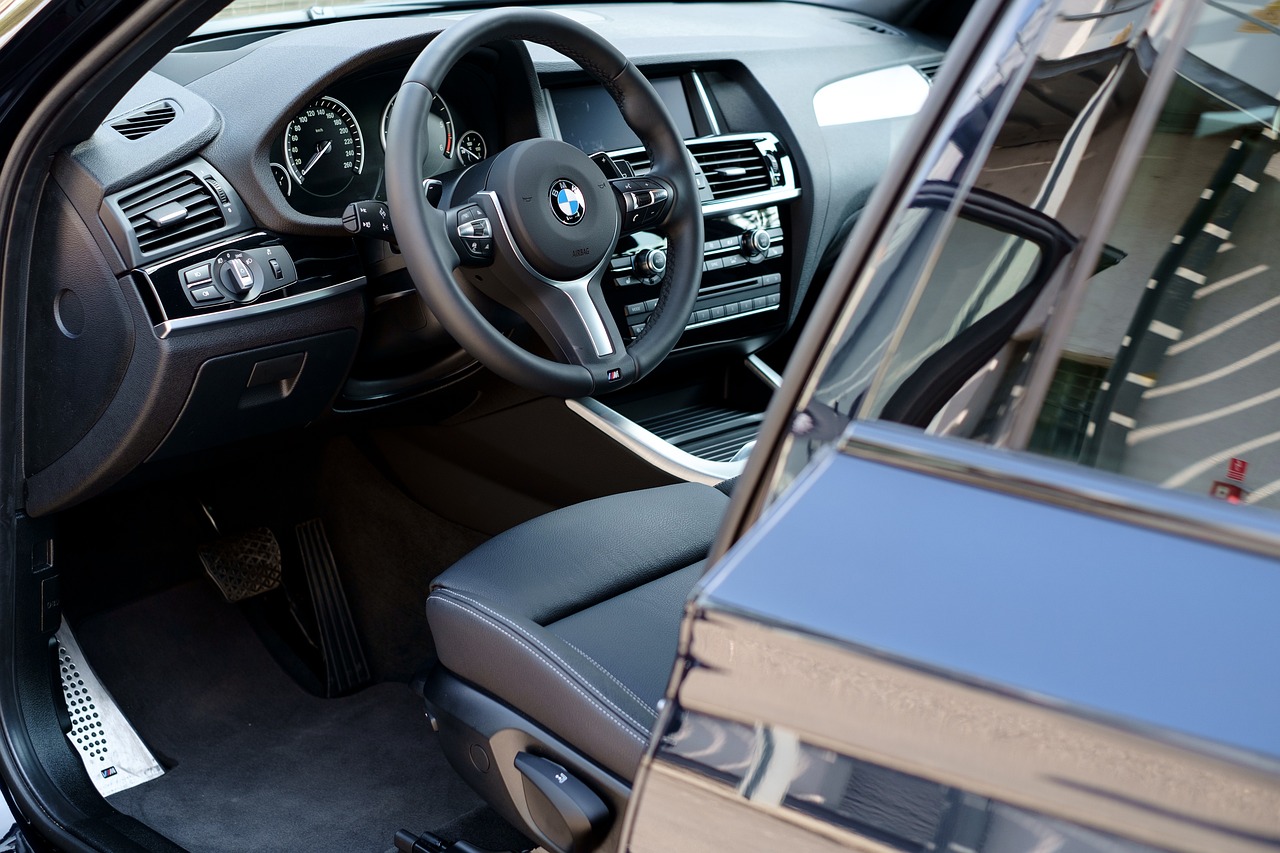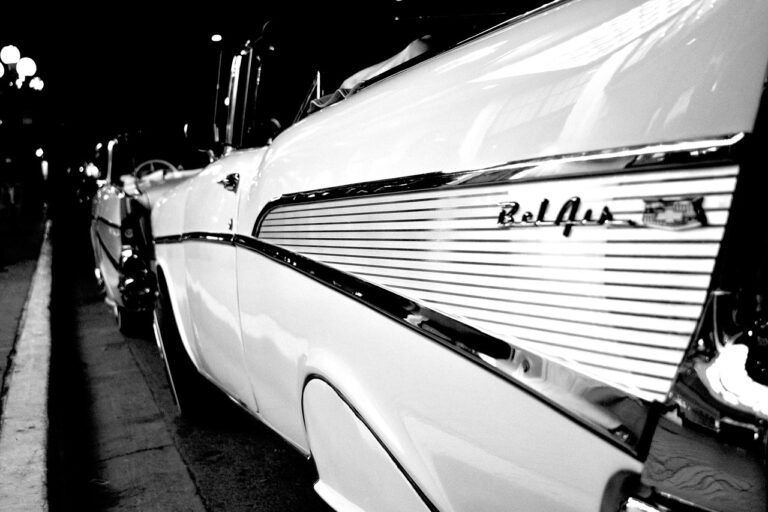The Evolution of Car Interiors: From Classic to High-Tech
Early 20th-century car interiors were simple and utilitarian, focusing mainly on functionality rather than comfort or aesthetics. The interiors were predominantly made of durable and easily cleanable materials such as leather, wood, and metal. Seats were often basic and lacked the ergonomic design seen in modern cars, offering minimal comfort for passengers.
Dashboard designs were straightforward, featuring minimal gauges and controls compared to the advanced technology found in contemporary vehicles. The steering wheels were large and basic, lacking the intricate designs and functionalities seen in modern cars. Overall, early 20th-century car interiors reflected the practical mindset of the time, prioritizing functionality and durability over luxury and aesthetics.
Luxury Features in Car Interiors of the Mid-20th Century
Luxury features in car interiors of the mid-20th century introduced a level of opulence and comfort that was previously unseen. Plush leather seats with intricate stitching became a signature of upscale vehicles, offering both style and comfort to passengers. Wood paneling and trim added a touch of elegance, creating a warm and inviting atmosphere within the car’s cabin.
In addition to luxurious materials, the mid-20th century brought advancements in technology that revolutionized car interiors. High-end vehicles started to incorporate state-of-the-art features such as air conditioning, power windows, and sound systems. These innovative additions not only enhanced the driving experience but also set a new standard for luxury in the automotive industry.
Innovations in Materials and Design in Car Interiors
Materials such as wood, leather, and chrome became popular in car interiors during the mid-20th century. These luxurious materials added a touch of elegance and sophistication to the design of cars, appealing to the growing demand for comfort and style among consumers. The integration of these materials in various elements of car interiors, from dashboard panels to seats, transformed the driving experience into a more refined and aesthetically pleasing one.
Design-wise, car interiors saw a shift towards more streamlined and ergonomic layouts in the mid-20th century. Automakers began focusing on creating interiors that not only looked visually appealing but also enhanced the overall driving experience. This led to the introduction of features such as adjustable seats, improved lighting, and better sound systems, all aimed at making the interior of the car more functional and comfortable for passengers.





